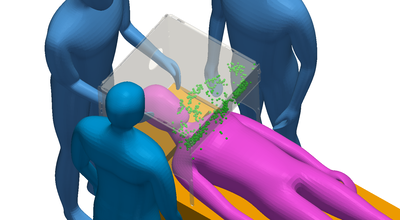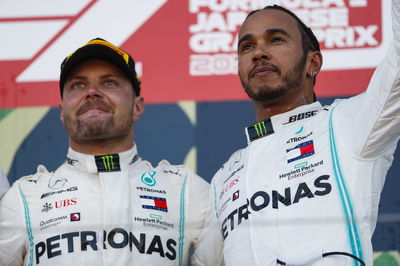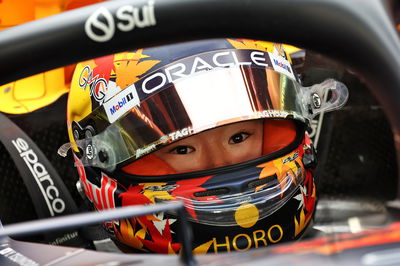Renault F1 team helps develop new COVID-19 device
Engineers from the Renault Formula 1 team have played a significant role in helping to develop a new aerosol shield device to treat coronavirus patients.
The device, known as the ‘Oxford Box’ adds an additional layer of protection for frontline health staff while treating COVID-19 patients by acting as a barrier between the patient undergoing intubation and medical staff.

Engineers from the Renault Formula 1 team have played a significant role in helping to develop a new aerosol shield device to treat coronavirus patients.
The device, known as the ‘Oxford Box’ adds an additional layer of protection for frontline health staff while treating COVID-19 patients by acting as a barrier between the patient undergoing intubation and medical staff.
The device has been approved following extensive trails and will be first used in four hospitals: the John Radcliffe, Churchill, and Nuffield Orthopaedic Centre, as well as the Horton General Hospital in Banbury.
Bianca Tingle, a consultant anaesthetist at OUH, explained why the device marks a significant breakthrough the treatment of COVID-19 patients.
“It is unique because it is completely collapsible, easy to stow away – space is a precious commodity in hospitals – and is much easier to clean than other similar devices being developed, which helps enormously with infection control. These were the key features we were looking for,” she said.
“It adds a vital layer of protection for clinical staff. Removal of PPE (‘doffing’) is the riskiest moment for us, but keeping aerosols inside the Oxford Box greatly reduces contamination of us and the surrounding area.”
Weighing just 7kg, the device can be flat-packed and has been designed with environmental sustainability in mind.
It has been developed using Renault’s advanced understanding of computational fluid dynamics (CFD), and the University of Oxford’s Oxford Simulation, Teaching and Research centre. Renault used the same process methods as those to develop aerodynamic upgrades on its F1 race cars.
“We modelled the speed, direction and air flow as we would in F1 and were thus able to advise the best placement, size and shape of the box to take its protection level to near 100% for the treating medic,” said Renault’s head of CFD, Paul Cusdin.
“The models were complex to establish, but by applying the principles we would do in developing a car, we were able to improve its protection and condense development from months to weeks.
“F1 is once again proving its capacity to apply its thinking, technology and processes in speeding up the help we can give to those in genuine need. I hope this will be yet another tool in the ongoing fight against COVID-19.”












